
Everyone makes mistakes. Those made during sportsbetting could turn into bad habits which never go away. In this article I will list the seven biggest sportsbetting mistakes made by beginner (and some naive intermediate) gamblers. You will not be able to become a profitable sportsbettor if you commit any of these on a regular basis.

Biggest Sportsbetting Mistakes
Mistake #1 – Betting To Win
One of the biggest sportsbetting mistakes that most beginners make is betting to win. While this might sound stupid it is often the root of long-term losing. Profitable sportsbetting has less to do with the knowledge of the game you are betting on than you would imagine. Beginner sportsbettors often place their wagers based on what they think is going to win: The New England Patriots will cover the spread, or the Green Bay Packers game will go over the total. In order to understand why this is not conducive to long-term success we need to understand how oddsmakers set their lines. The expected value of a spread or total is the probability-weighted average of all possible values. In simpler terms; if we were to simulate the game many times what would be the average win margin and point total?
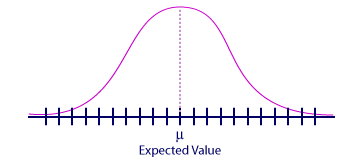
I have spoken with a lot of beginner sportsbettors and they often believe that the lines available at a betting site are based on this value. In most situations this is not the case as oddsmakers adjust their lines in order to attempt to control the way their customers bet on the game. Releasing spreads and totals strictly based on the expected value will often result in an un-even distribution of action. Even if you were to tell a group of gamblers that each side of a spread would win 50% of the time we will rarely observe a 50% bet distribution.
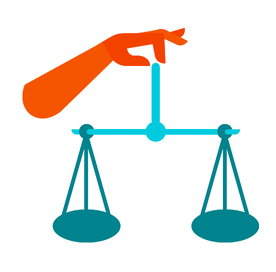 Because of this oddsmakers will adjust their lines to take advantage. This is done with the goal of either creating a balance in the action or to take a position on the game. If they anticipate a large percentage of the money would be wagered on the Seattle Seahawks they will make the spread worse to bet on relative to the expected value. This will draw some more action to the opposite side of the game (which now has a better number relative to the expected value), as well as putting the people who continue to wager on Seattle at a disadvantage relative to the expected value. If a majority of the action is wagered on the Seattle Seahawks -7.5 when the expected value of the market is -4.3 the bookmaker is in a good position.
Because of this oddsmakers will adjust their lines to take advantage. This is done with the goal of either creating a balance in the action or to take a position on the game. If they anticipate a large percentage of the money would be wagered on the Seattle Seahawks they will make the spread worse to bet on relative to the expected value. This will draw some more action to the opposite side of the game (which now has a better number relative to the expected value), as well as putting the people who continue to wager on Seattle at a disadvantage relative to the expected value. If a majority of the action is wagered on the Seattle Seahawks -7.5 when the expected value of the market is -4.3 the bookmaker is in a good position.
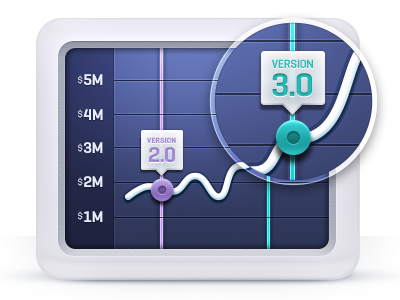
The reason why betting to win is one of the biggest sportsbetting mistakes you can make is because it disregards the oddsmaker’s line adjustments. The side of a spread or total that is better relative to the expected value would make money if bet an infinite amount of times, while the other side would lose money. If you are not making an attempt to determine what the expected value of a market is (or how the line has been relatively adjusted) then you will not generate a long-term profit. If you are not using a math model to estimate the expected value then try to determine which way an oddsmaker would move the line. While it might feel unnatural at first it is an important skill to develop. If you consistently put yourself on the better side of the expected value you will be a winning sportsbettor.
Mistake #2 – Improper Bankroll Management
Even if you make an effort to research proper bankroll management techniques you are likely to come across misinformation. There are hoards of sportsbetting websites that suggest wagering 1-5% of your starting bankroll per game is safe money management. This is a dangerous habit and one of the most costly sportsbetting mistakes. You simply cannot consistently say that your advantage on a market is five-times as great as your edge on another unless you are using a math model (in which you would use some variation of the Kelly Criterion, which I will discuss in a moment).

While you might not want to hear it the best bankroll management system for individuals not using a projection model is to always wager the same fixed percentage of your current bankroll each game. I would recommend keeping this value at 1%. This means if you have allocated $10,000 to sportsbetting your first wager will be for $100. If you lose that wager, your current bankroll will be $9,900 and your next wager will be $99. This way your bet size will scale with your success. Every time you believe you have identified the side of a spread, moneyline, or total that has positive expected value put down the fixed percentage of your bankroll.

The only time I recommend varying bet sizes is when you are projecting market expected values with a math model. This will give you estimations as to what the true spreads and totals of a game would be. While it is impossible to be 100% accurate a successful model is able to not only determine when an advantage is present, but also to compare the advantages relative to one another. The Kelly Criterion is a formula that will allow you to determine how much of your current bankroll should be wagered based on a numeric estimation of what your estimated advantage is over the expected value. Having relative values for this edge from the math model allows this to work. However be warned; incorrect estimations of your advantage with this formula can have devastating consequences (which in itself should convince you not to bet varying amounts with a freestyle approach).
Mistake #3 – Useless Information
Let me put things straight; I fucking hate trends. Twitter is littered with so-called gambling experts tweeting them out like gospel. There are many things that make trends useless. The first one is that for every obscure useless trend that you find there will be an equal and opposite one that goes directly against it. The second reason is that even if you find one that seems straight forward it will pull you away from proper sportsbetting procedure. If you bet on a team because they are 15-0-0 against the spread in their last 15 games you neglect to estimate the expected value of that spread. There is many different forms of useless information that will do nothing but distract you from proper sportsbetting procedure. Put your headphones on and ignore the noise.

Mistake #4 – Limited Outs
While everyone starts off with just one betting site it is important that you expand your roster as soon as you decide to get serious. Different sportsbooks release different lines based off the type of action they receive. We have learned that betting sites adjust their lines based on how their customers will wager on the game. Casual low-limit betting sites like Bovada and MyBookie will adjust their lines further to make the square side of the game worse to bet on compared to high-limit sites like Bookmaker and 5Dimes. This is the side that the public are more likely to take (these are the individuals who are guilty of Mistake #1).
 The benefit of this square adjustment is that the opposing side of the game becomes better to the point in which it might be the best line available across the board. Determine how many betting sites you are comfortable managing and balance your square and sharp sites. Once you determine which side of a market has positive expected value locate the best available line.
The benefit of this square adjustment is that the opposing side of the game becomes better to the point in which it might be the best line available across the board. Determine how many betting sites you are comfortable managing and balance your square and sharp sites. Once you determine which side of a market has positive expected value locate the best available line.
Mistake #5 – Last Minute Betting
Oddsmakers adjust lines throughout the week. This is done in an attempt to further control any additional wagers that are placed on the match for reasons that the oddsmakers see fit. Determining whether to bet on an early line or wait it out is important towards ensuring that you walk away with the best number possible. One of the biggest sportsbetting mistakes committed by beginners is waiting until right before the game to lock in their wagers. Novices have a tendency to avoid betting on early lines for various reasons including fear of mid-week injuries announcements or unforeseen lineup changes. You should not let this scare you away from checking early lines as over a large enough sample size these events will balance out for and against you. Another reason is simply a lack of time. Casual and intermediate sportsbettors might not have the time or interest to stay updated on line movement throughout the week. One thing you can do is establish key times in which you will check the line: The moment they are released, the morning of the game, an hour before the game, right before kick-off, and the moment after an injury or lineup change is announced. Once you have determined which sides of the game have positive expected value it is up to you to figure out the optimal time to lock in the wager. A general (but in no way absolute) tip is to bet square sides as early as possible and sharper sides closer to game-time. It can be frustrating when you make the incorrect decision but eventually you will get the hang of it. The best part is that if you miss out on a line that you wanted you can simply pass on the game instead of forcing a wager.
You should not let this scare you away from checking early lines as over a large enough sample size these events will balance out for and against you. Another reason is simply a lack of time. Casual and intermediate sportsbettors might not have the time or interest to stay updated on line movement throughout the week. One thing you can do is establish key times in which you will check the line: The moment they are released, the morning of the game, an hour before the game, right before kick-off, and the moment after an injury or lineup change is announced. Once you have determined which sides of the game have positive expected value it is up to you to figure out the optimal time to lock in the wager. A general (but in no way absolute) tip is to bet square sides as early as possible and sharper sides closer to game-time. It can be frustrating when you make the incorrect decision but eventually you will get the hang of it. The best part is that if you miss out on a line that you wanted you can simply pass on the game instead of forcing a wager.

Mistake #6 – Midgame Handicapping
You can save yourself a lot of bad nights by determining who you are going to bet on before the games start. While this is the biggest “easier-said-than-done” mistake of the article you should do your best to avoid it. Mid-game handicapping implies creating new bets after receiving the results of prior bets from earlier on in the day.  The win-it-back mentality is natural and must be suppressed at all costs. Before the first game of the day starts determine which games you want to bet on. The only wagers you should lock in after the day’s matches have begun are for line movements that you have been waiting on. Everyone has gone on tilt at least once. Better keep it at one.
The win-it-back mentality is natural and must be suppressed at all costs. Before the first game of the day starts determine which games you want to bet on. The only wagers you should lock in after the day’s matches have begun are for line movements that you have been waiting on. Everyone has gone on tilt at least once. Better keep it at one.
Mistake #7 – Tailing Picks
You need to be careful who you trust when it comes to sportsbetting. Even handicappers who release free picks must be examined with caution. The majority of pick-givers on the Internet do not understand proper sportsbetting procedure. They frequently commit many of the sportsbetting mistakes discussed in this article. They will bet based on what they think is going to win, using a bogus unit-system to create false-confidence, using meaningless trends to backup their picks, cited from one lone sportsbook, released moments before the game starts. It is crucial that you verify that a handicapper does not violate any of the eternal mistakes mentioned in this article before you can take them seriously. Just because you think someone is a good person does not mean they know what they are talking about.

Even if you do manage to find someone who is a profitable sportsbettor you need to ensure you get the same line as them. Failing to do so in itself violates Mistake #1 as you are no longer making your selections based on expected value. Tailing picks is a headache and often results in regret. Spend the necessary time working on your own bets in order to develop your skills.




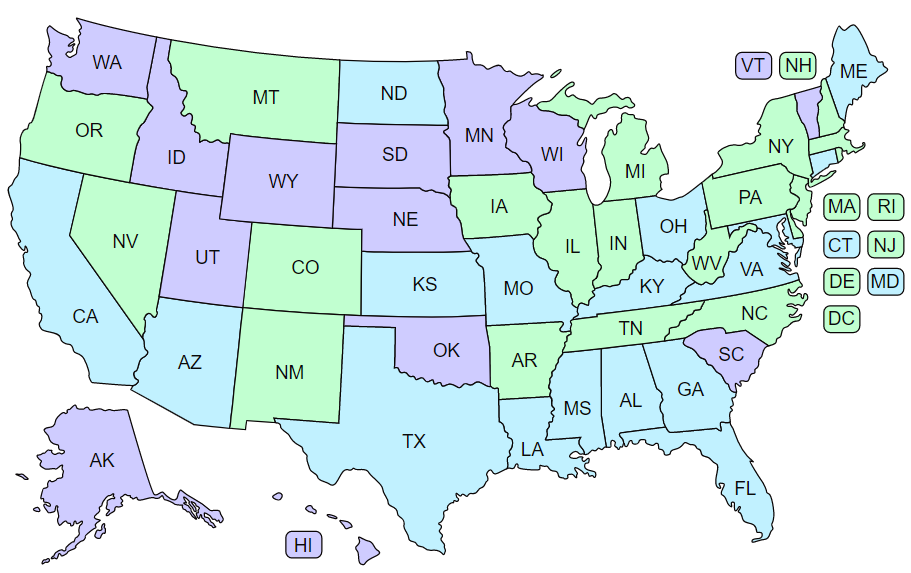

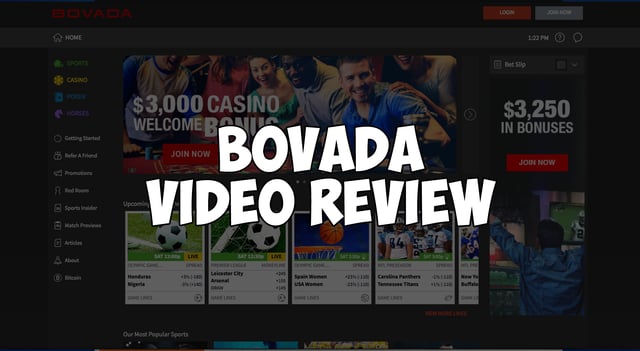
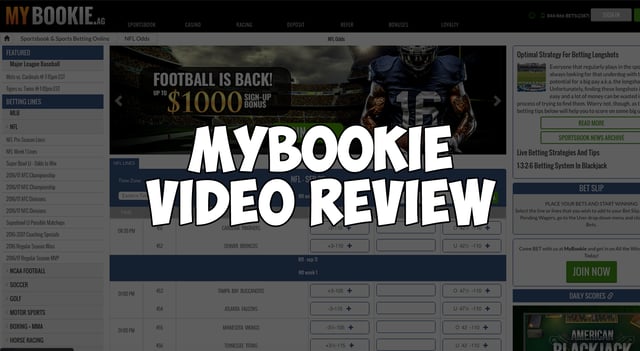






Really great article. Very detailed yet brief enough to read in one sitting. There are a few things you could probably add to it as well.